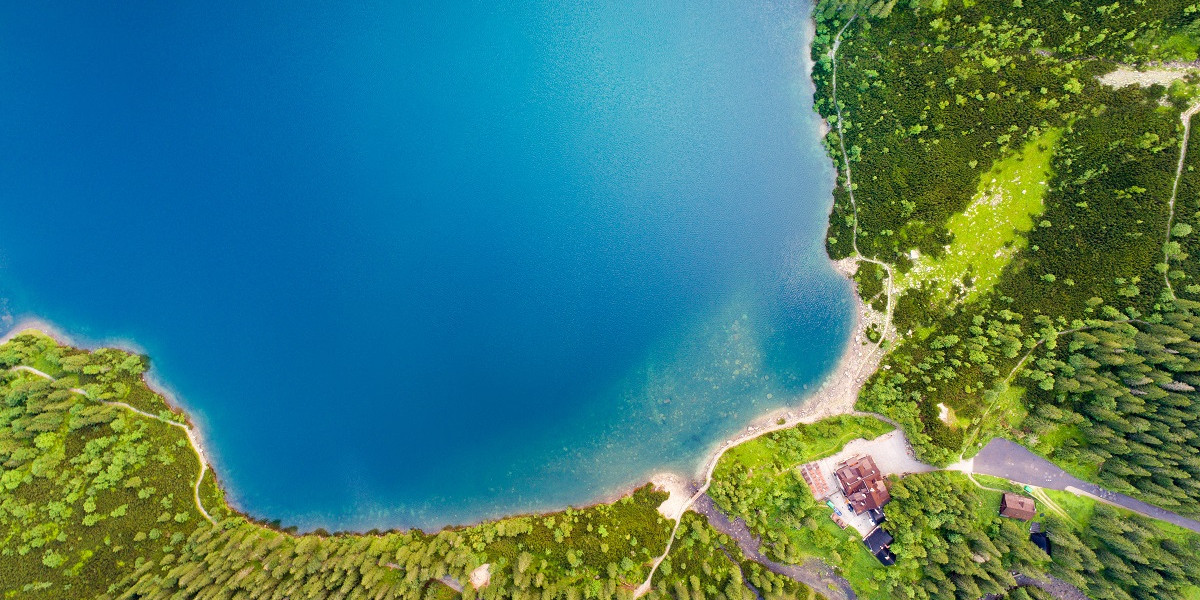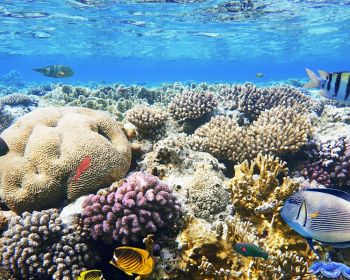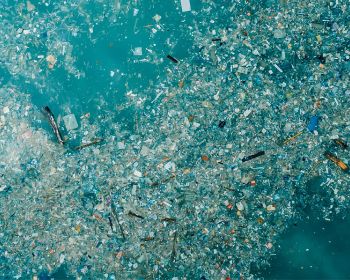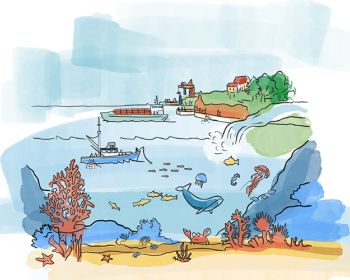The recent Euronext ESG summit on “Financing the green and blue economy” on the 8th and 9th of June attracted high-level speakers including UN Secretary-General António Gutteres, government representatives, central bankers and senior business leaders. The summit focused in part on how banks and the capital markets can channel finance to the ‘blue economy’ while protecting the ocean ecosystem that sustains it. BNP Paribas chairman Jean Lemierre spoke on a panel devoted to financial innovation and the challenges of green and blue investing.
Preservation versus economic growth – incompatible?
Few dispute the need to protect the world’s oceans, which regulate temperatures, drive weather patterns and are the largest store of carbon. As the planet warms, there will be more extreme weather events, such as drought, hurricanes or flooding, and coastal populations are already suffering from rising sea levels. Yet the oceans also represent a $1.5 trillion economy with 350 million people employed in maritime and coastal industries, from fishing and aquaculture to tourism and mining; millions more depend on the oceans for their livelihoods. The oceans also provide us with vast sources of energy, historically from oil and gas but increasingly from (offshore) windfarms.
The potential of the oceans, which cover 70% of the earth’s surface, remains largely untapped: oceans can produce more food, generate more (renewable) energy and provide the jobs of the future. The OECD estimates that for every dollar invested in the blue economy, five dollars of benefits result. As Norway’s prime minister said during the summit, “we do not have to choose between protection and production.” But, how can we expand the maritime economy and at the same time preserve the ocean environment? International cooperation, massive investment and financial innovation are part of the answer.
The ocean: the world’s largest ecosystem
of carbon is stored in the oceans
of world trade carried over the oceans
the value of the global ocean economy in 2030
persons employed in the ocean economy
the benefit of $1 invested sustainably in the ocean economy
Ensuring transparency and shared norms
In his panel, Jean Lemierre highlighted recent innovations in sustainable finance, such as green bonds, blue bonds and sustainability-liked loans. These are still in an early phase, he added, as are the standards and tools to ensure the transparency and disclosure investors need to compare and make informed decisions. He praised EU efforts on a sustainable-finance taxonomy and cautioned against a proliferation of norms: “I welcome that US and Asian corporates and investors are coming on board, but under which rules? My wish is that Europe’s lead on taxonomy helps construct a global standard that is measurable, understood, comparable, and that we do not compete simply on norms and standards.”
“As banks, we know how to assess risk and we have to engage on the blue-green agenda."
Accelerating green and blue financing
Jean Lemierre then pointed to the important role that central banks can play by purchasing green assets and providing leadership, scale and legitimacy. The challenge is greater for the wider banking industry, with more work needed to accelerate the pace of green financing and for banks to ensure, and prove, that their financing goes in the right direction. “Relationship with clients will also change”, Mr Lemierre added. “As banks, we know how to assess risk and we have to engage on the blue-green agenda. This means clients making a public commitment and banks being comfortable with their journeys.”
With high demand for sustainable assets, Jean Lemierre lastly cited the risk of asset-price inflation and called on the banking and asset-management industries to adopt a measured approach and “work in an orderly way on developing sound underlying assets rather than collecting money”
Today the supply of blue assets falls far short of demand and this imbalance “risks cutting corners and greenwashing,” Mr Lemierre added, calling for a certain discipline in the investor community. “I share the impatience and we need to move quickly, but step-by-step. We need to work together and compete on innovation and speed, but not on cutting corners. We should all make that commitment.”
« I share the impatience of many. We need to move quickly, but step-by-step. We need to work together and compete on innovation and speed, but not on cutting corners. »
BNP Paribas’ commitments to the Blue Economy
The Group has long recognised the need for sustainable finance solutions within the maritime economy, as the 14th Sustainable Development Goal of the United nations that helps to guide its CSR policies. Most recently the Group has published a position dedicated to ocean protection, while taking concrete action by notable:
- Making a commitment of €1 billion in financing for the ecological transition of maritime vessels between 2019 and 2025
- Supporting innovative projects to protect biodiversity and overexploited resources, like the creation of the Global Fund for Coral Reefs
- Supporting innovative research into the ocean, the affects of climate change and its importance to the economy via the BNP Paribas Foundation
- Ratification of the Poseidon Principles in 2020 for common reporting standards towards responsible ship financing




